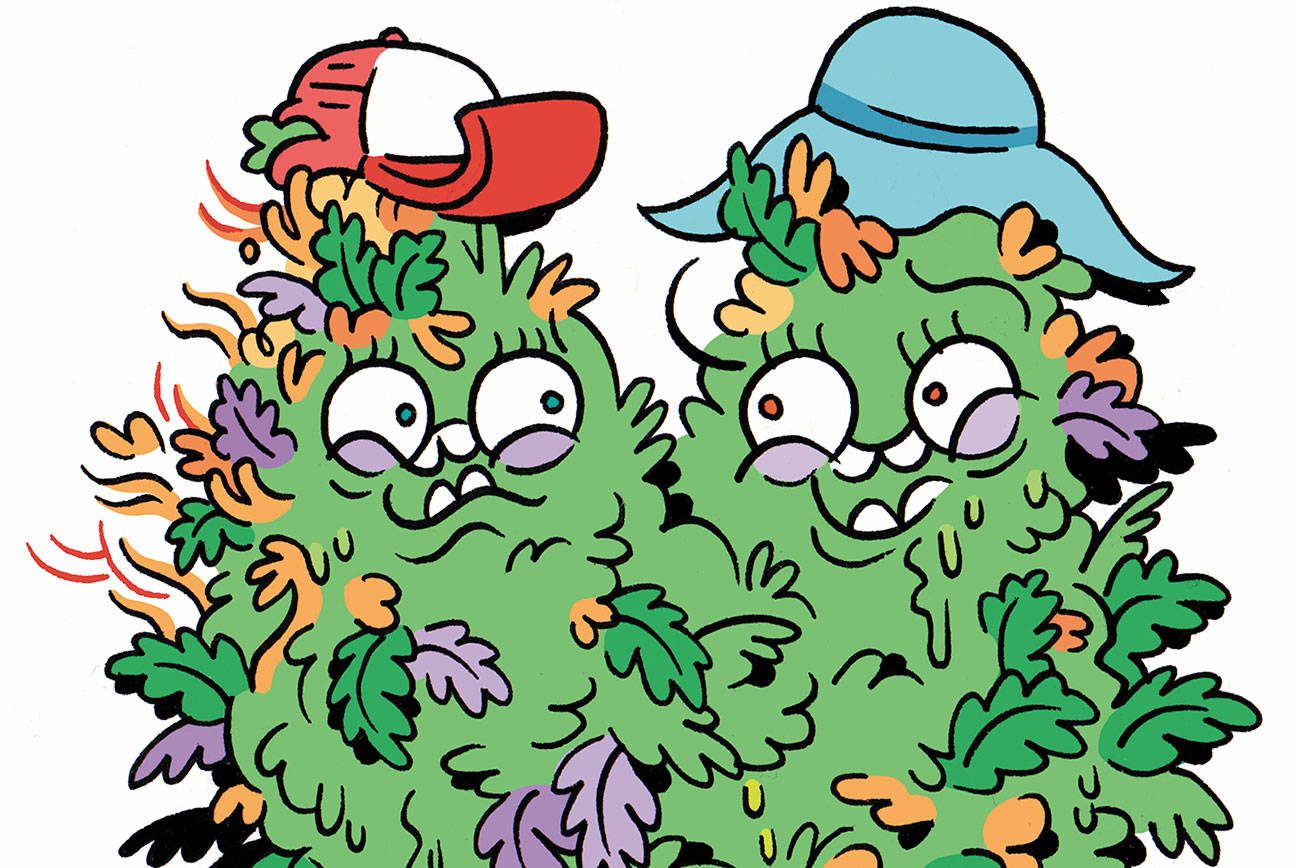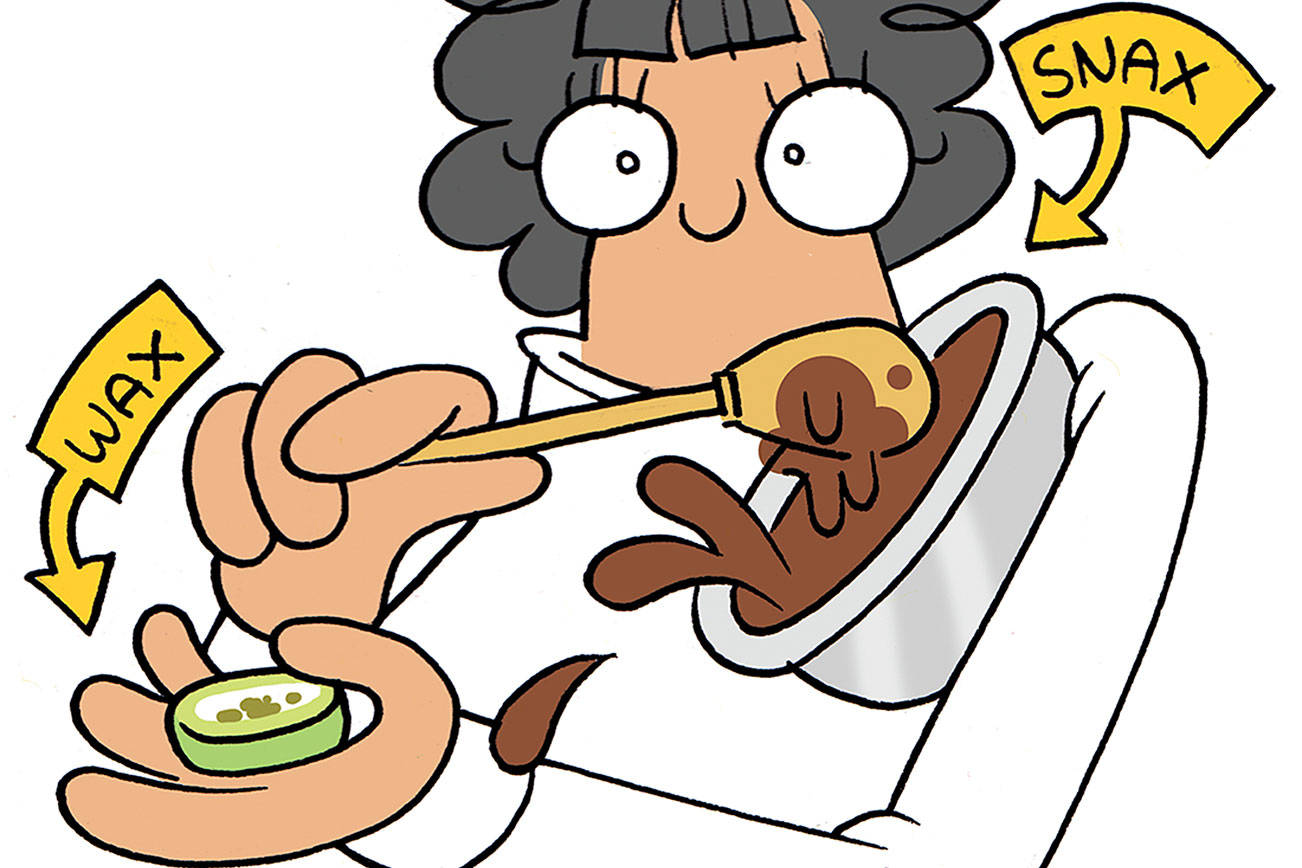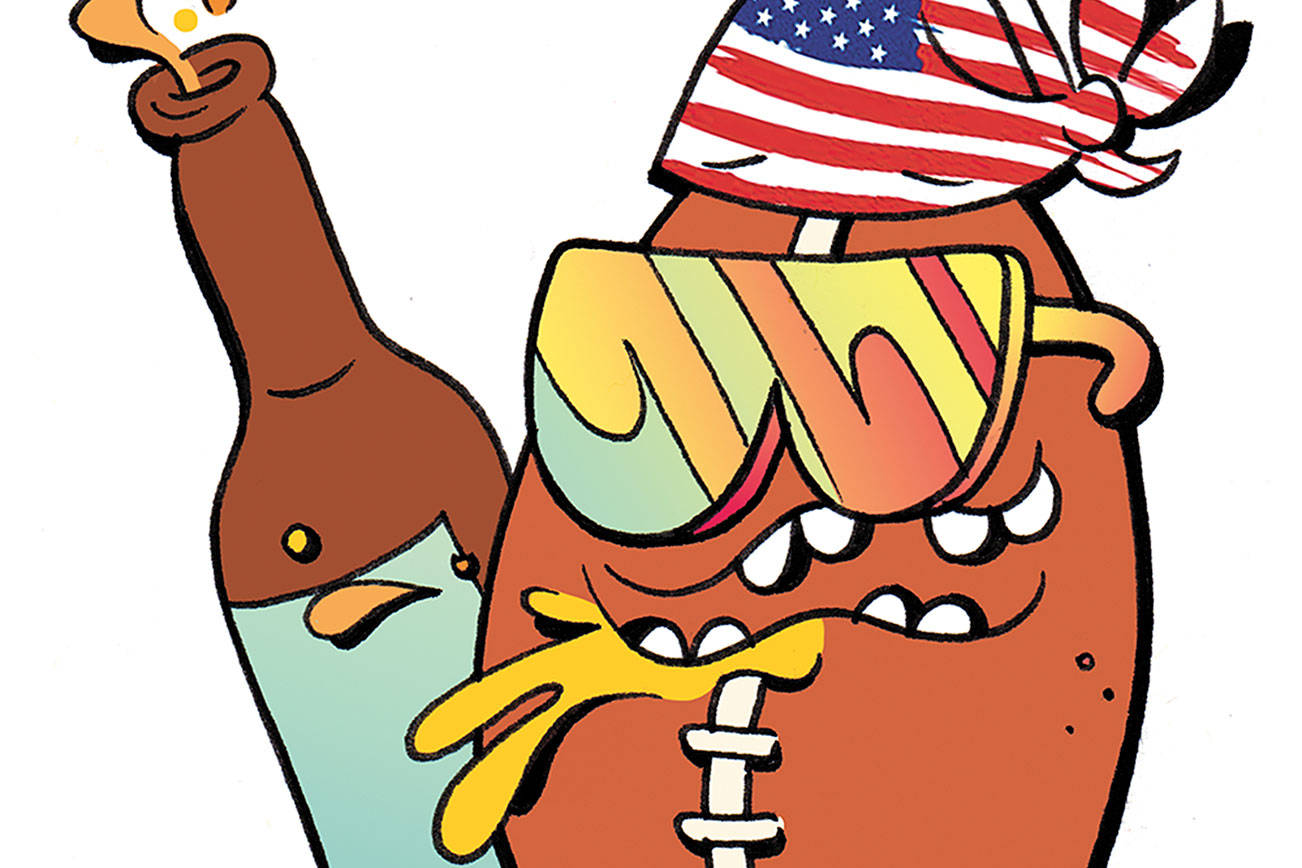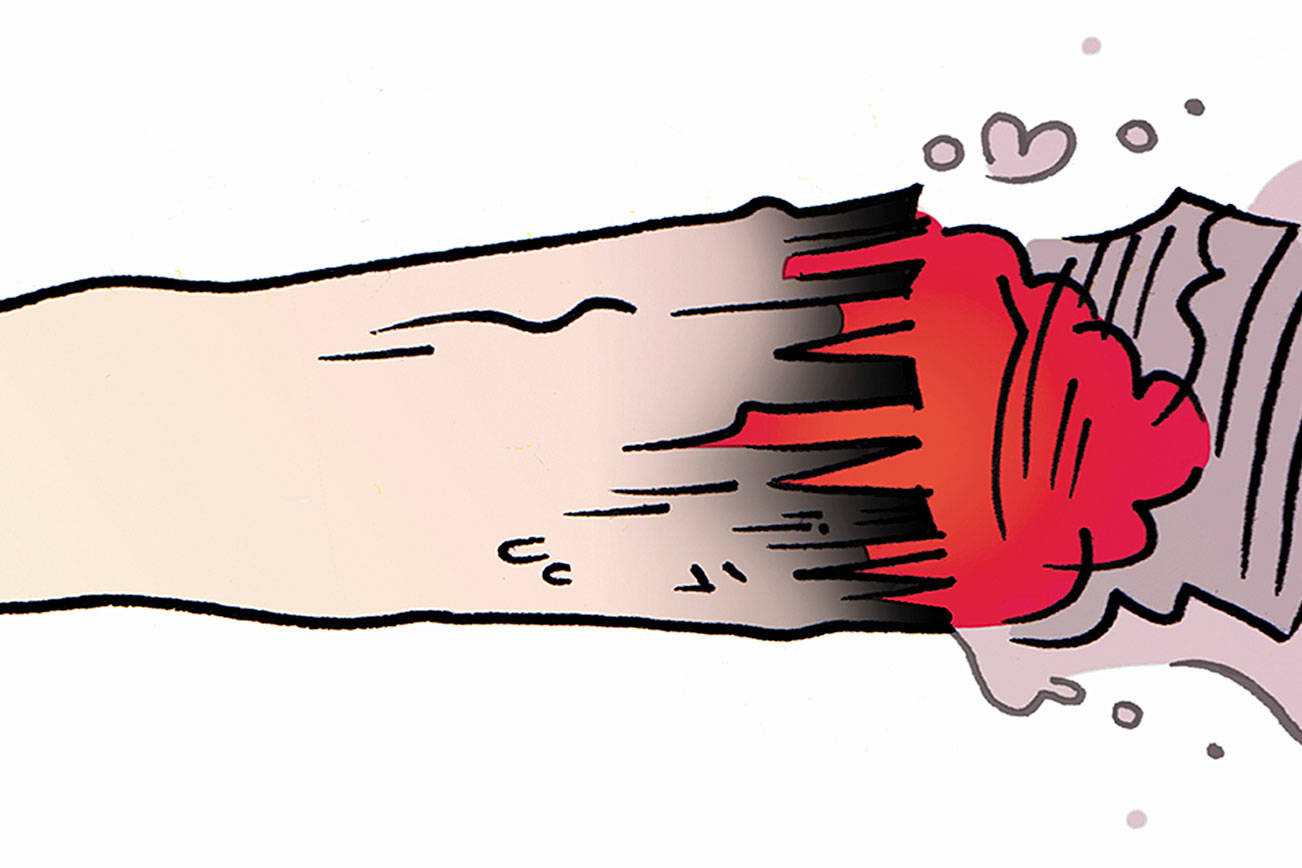Girls run the world.
But did you know there are both male and female cannabis plants? In fact, weed plants express a variety of genders, and the sex matters a lot to the people growing it.
Seeing as how assuredly our state will soon legalize growing weed for recreational users (like every other state that has legalized recreational cannabis), I figured we could begin to look at some of the fundamentals of growing.
In the plant world, reproduction can happen in a variety of ways. Hermaphrodite plants produce single flowers that have both male and female reproductive organs. Monoecious plants create two distinctive types of flowers on the same plant. And then there are dioecious plants like cannabis, which produce either male or female reproductive organs.
Because cannabis plants develop as either male or female, we can isolate the benefits of growing females with or without male interference (#2019yearofthewoman). Allowing male and female plants to hang out will result in cross-pollination (old story) and thus seeds, which is excellent if you want to experiment with genetics or grow more plants. However, plants that seed also tend to be a harsher smoke. Excluding male plants from your garden allows females to grow large, seedless buds (called sensimilla). Only female plants produce the stinky, sticky buds folks are wanting to smoke.
So how can you tell them apart? Just as in other species, it’s all in the details. For the most part, a male and female plant growing side by side will look nearly identical for the first month to six weeks. But if you snuggle up and get real close, take a look at what’s developing between their nodes (the spot where the branches grow out from the central stalk). Honestly, the symbolism is rather heavy-handed. Do you see two little balls? That’s a male. See some silvery bush? That’s a lady. And if your plants have both, or they develop banana-shaped stamens called anthers, you have a hermaphrodite, capable of doing everything.
It’s cannabis’ ability to “herm out” that has kept it alive for millennia. Its ability to produce and receive pollen ensures the plant will thrive even if water, light, soil quality, and heat are shaky variables. However, a hermie will pollinate your entire garden, and suddenly all those sticky seedless buds you were dreaming about will go up in smoke. Seasoned growers will isolate hermaphrodite plants as soon as they can identify them, both to stop cross-pollination and to give their female plants even more room to grow.
But what about the males? Are they just useless? Well, no! Male plants can produce smokable buds—they just are not as strong and will have seeds. More important, male plants will create a ton of pollen, which can be harvested, dried, and pressed into a robust and dab-able resin, just like any other extraction. Males are also great for juicing, as they contain all the same antioxidants, terpenes, and phenols. Finally, male plants are excellent companion plants to other parts of your garden as long as you keep them well away from your female cannabis plants. The mulched plant material provides a variety of nutrients to the soil. Plant males around the perimeter of your garden for their insect-repellent terpenes. Males also develop long taproots—roots that dig way down for water. This churns up and loosens soil that would be too hard for other plants to establish themselves.
stashbox@seattleweekly.com







